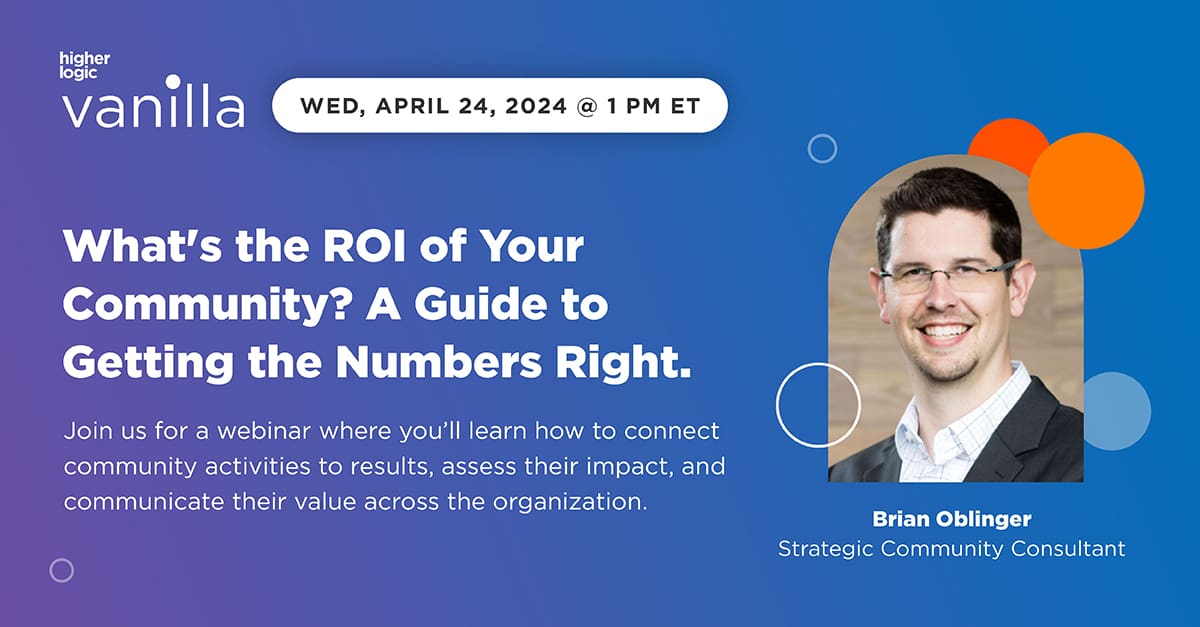Sales-led growth vs. Product-led growth
Until recently, most organizations have relied solely on sales and marketing to promote growth, but these days, product-led growth is fast becoming a go-to strategy for companies across the SaaS world, and Customer Success teams should be leading the charge.
Product led growth (PLG) is defined as “a go-to-market strategy that relies on product usage as the primary driver of acquisition, conversion and expansion. It creates company-wide alignment across teams—from engineering to sales and marketing—around the product as the largest source of sustainable, scalable business growth.”
This isn’t to say that old standards such as pouring tons of money into advertising, or hiring teams of business development reps to cold call every prospect on the planet aren’t still going to apply.
All the above-mentioned tactics still have a place in growing a business. They’re just not going to be as impactful as you’d hope.
Product-led growth has been emerging as a solid approach to growing businesses and is proving to be more sustainable. Long-term business success has been proven by brands that focus on PLG as their go-to-market strategy.
There’s no one right way to grow a business. Depending on your product, and offering, some strategies are bound to work better than others.
Sales-led growth has long been the go-to approach for most businesses, but considering that all the top IPOs of 2019 were all PLG companies, maybe it’s time we pay more attention to emulate their success.
What is sales-led growth?
Sales-led growth is a traditional strategy where a business invests heavily in sales efforts as a way to increase revenue. Today, most companies relying on a sales-led strategy hire large teams of sales development reps, or business development reps who spend the majority of their time prospecting for new leads, or doing initial follow-ups with new prospects.
Sales-led growth can be a good strategy if you work with very large clients, have a very complex product, or are starting a new market category. In those cases having a person to interact with directly can be useful. However, it does end up being resource-intensive and can have a longer overall sales cycle.
What is product-led growth?
Product led growth is a strategy in which a company focuses on the product itself as the primary driver for things like customer retention, expansion, acquisition, and conversion. Instead of pouring resources into buying ads, or hiring large amounts of sales staff, these teams instead invest those resources into making the best possible product for their customers.
Product-led growth tends to work well when you’re working with smaller clients, who are more informed, and more self-sufficient. These types of customers need less one-on-one help and can learn about the product on their own.
Not every product-led company does things the same way, but there do tend to be some common themes for businesses using the approach. For example, if they sell software it’s common they’ll use a “freemium” model. Which means they offer a free version of their product that usually has reduced features.
Common characteristics of product-led companies
Some other common things are:
- Value before money – As mentioned above with the freemium model, product led teams bet on their products doing the marketing for them, so it’s common for them to offer users value prior to them becoming a paying customer. Free plan levels, or trials are both common ways to accomplish that.
- End user focus – Having a focus on the people who are actually using the product helps product led teams empathize more with users and create tools and features they actually need to get their work done. Let’s elaborate on this and make it more CS focused
- Frictionless sign up – Product led teams know their best shot at getting someone to become a long term user is by getting them using their product. To up the likelihood of that happening, it’s common for sign up flows to be very simple and allow for self service.
Quantity vs. Quality
Product-led growth may be more sustainable than sales-led growth in the long run.
Sales Led=Quantity
When thinking about the debate between sales-led and product-led growth, it’s probably best framed as quantity vs. quality. Sales-led is all about quantity. Hire more reps, bring in more leads, close more deals. However, there’s the other side of that coin. There’s also more leads that don’t convert. More resources needed to hire and more salaries to pay.
Product-led=Quality
With product-led growth you’re focused on quality. Instead of trying to do the most, you’re committed to doing the best. This not only attracts customers, it also helps you get things like word-of-mouth marketing, positive reviews, and loyal customers.
In turn, those things combine to help build you a better overall reputation in the market, leading to even more people coming to check out what you have to offer. When you invest in making the best product possible, you also invest in making the best business possible.
Learn more about product-led growth and how customer success teams can take charge with our free eBook. Download it here.



